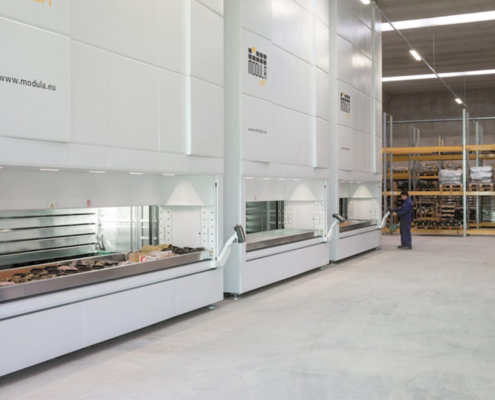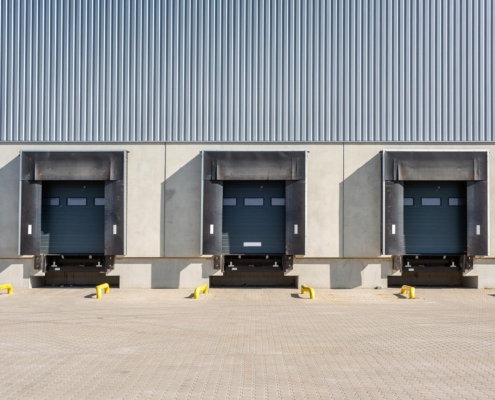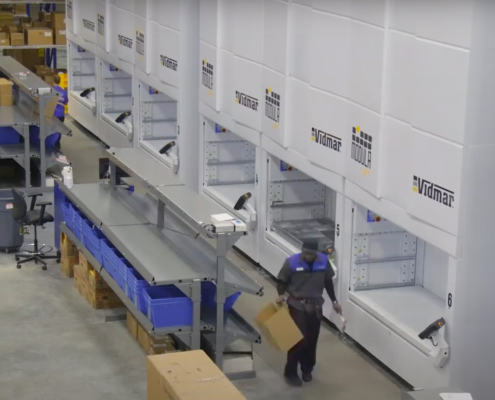 https://swwarehousesolutions.com/wp-content/uploads/2024/04/Side-view-of-a-man-operating-a-modula-lift.jpg
1250
2000
Abstrakt Dev
https://swwarehousesolutions.com/wp-content/uploads/2019/04/Southwest-Warehouse-Solutions-Logo.png
Abstrakt Dev2024-04-22 13:30:202024-04-29 20:29:14Introducing Modula Next: The Latest and Greatest Inventory Management Solution
https://swwarehousesolutions.com/wp-content/uploads/2024/04/Side-view-of-a-man-operating-a-modula-lift.jpg
1250
2000
Abstrakt Dev
https://swwarehousesolutions.com/wp-content/uploads/2019/04/Southwest-Warehouse-Solutions-Logo.png
Abstrakt Dev2024-04-22 13:30:202024-04-29 20:29:14Introducing Modula Next: The Latest and Greatest Inventory Management SolutionMaterial Handling Industry Trends to Look for in 2024
As we approach 2024, the material handling industry is set to undergo significant changes driven primarily by technology and sustainability. In this article, we’ll delve deeper into the advancements that will shape the future of this sector.
The Impact of Technology on the Material Handling Industry
Various advancements have redefined the material handling industry in recent years, significantly impacting the global market. Technology has streamlined costs, optimized delivery models, and introduced superior material handling solutions, prompting major growth in the handling equipment market.
Here are some ways technology could influence material handling industry trends in 2024.
Advancements in Automation Systems
Automation technology has seen significant advancements in recent years, improving handling systems and solutions. For instance, automated storage and retrieval systems (AS/RS) have increased warehouse efficiency. Robots and automated guided vehicles (AGVs) have significantly improved the handling equipment market with superb cost control and order accuracy.
This warehouse automation equipment is often integrated with other technologies like AI, ML, and IoT to enhance performance. As a result, the material handling equipment market is growing at an unprecedented rate that’s expected to continue into 2024.
Artificial Intelligence and Machine Learning
The adoption of AI and ML in the handling equipment market has facilitated the rise of smart warehouses. These technologies allow automatic sorting and classifying of goods based on their attributes, leading to an efficient supply chain. Moreover, customer stories reveal that AI and ML help forecast demand and manage inventory, minimizing supply chain disruption. This trend is a significant player in the expanding material handling equipment market size.
Internet of Things (IoT)
IoT has become more integrated into the material handling industry, enabling real-time tracking and monitoring of goods. This digital solution adds transparency and efficiency to material handling solutions, greatly impacting overall market growth. IoT sensors on industrial trucks, for instance, allow real-time monitoring to ensure optimum use and prevent unnecessary wear and tear. This contributes to cost efficiency in the material handling equipment market.
Sustainability and Energy Efficiency in Material Handling
The material handling industry is pivoting toward sustainable practices, recognizing the importance of green logistics in maintaining ecological balance. This shift toward energy efficiency and sustainability resonates strongly within the global market.
Emphasis on Green Logistics
Firms are adopting practices like waste management and emission control in their handling systems to reduce their carbon footprint. This shift to green logistics has been encouraged by cost savings, improved public image, and regulatory pressure.
Major global material handling equipment market players have committed to this fully, introducing electric forklifts powered by lithium-ion batteries to replace traditional gas-powered forklifts. This paves the way for more environmentally friendly material handling industry trends.
Energy-Efficient Equipment
The drive towards sustainability will increase the use of energy-efficient handling equipment. Equipment that consumes less power reduces the operation’s environmental footprint and lowers operating costs.
Energy-efficient equipment includes electric forklifts, energy-saving conveyor systems, and more. They’re an effective solution for companies aiming to improve sustainability and cost efficiency, boosting the handling equipment market size.
Sustainable Packaging
Sustainable packaging like reusable containers and foldable pallets is another trend elevating the material handling industry. These solutions minimize waste and reduce the space required for storage and transport, leading to cost and energy efficiency.
From green logistics to artificial intelligence, many emerging trends are set to shake up the material handling industry. Learn more about need-to-know warehouse trends.
Innovations Shaping the Future of Material Handling
The material handling industry is on the precipice of further transformation. Technologies like big data, advanced analytics, virtual reality, augmented reality, and predictive maintenance are set to influence future material handling industry trends.
Big Data and Advanced Analytics
Big data and advanced analytics are shaping the future of the material handling industry by providing insights into patterns and trends that previously went unnoticed. This clear understanding allows companies to optimize their operations, contributing to the growth and development of the global material handling equipment market.
Virtual Reality (VR) and Augmented Reality (AR)
VR and AR are emerging technologies in the material handling industry that provide unique solutions for tasks like training and inventory management. They offer interactive ways to understand complex concepts and processes, leading to increased productivity and reduced errors.
Predictive Maintenance and Connected Factories
The integration of IoT into the material handling industry has paved the way for predictive maintenance and connected factories. Predictive maintenance uses data from IoT sensors to predict when equipment is likely to fail, allowing timely repairs and reducing downtime. Connected factories, meanwhile, integrate all processes and systems in a manufacturing facility using IoT, leading to a more efficient operation.
Future Material Handling Industry Trends and Insights
The material handling industry is experiencing significant changes in its workforce due to technological advances and evolving market dynamics. A number of material handling industry trends are reshaping the market, changing the workforce landscape.
The Rising Importance of Skilled Labour
Automation technology has led to the rise of skilled labor in the material handling industry. While automation reduces the need for manual labor, it also calls for skilled personnel capable of operating and maintaining sophisticated handling systems. These specialized roles contribute to cost efficiency and ensure smooth operation.
Remote Work
Remote work is another emerging trend in the material handling industry. Various digital solutions allow workers to monitor and control equipment remotely. Such innovations in the handling equipment market improve safety and efficiency while allowing businesses more flexibility in their delivery models.
Human–Robot Collaboration
Human–robot collaboration is changing the material handling industry. Robots can efficiently carry out repetitive tasks, while human expertise optimizes decision-making. This synergy creates a win-win situation for human workers and the material handling equipment market, contributing to better productivity and cost control.
Stay Up to Date With Southwest Material Handling
At Southwest Warehouse Solutions, we pride ourselves on staying at the forefront of industry trends so our clients benefit from cutting-edge insights and innovations. By keeping pace with the latest developments, we empower businesses to navigate the dynamic landscape of the material handling industry.
With Southwest Warehouse Solutions, you can access invaluable resources to stay ahead of the game and optimize your efficiency. Contact us today to learn what we can do for your operation.













